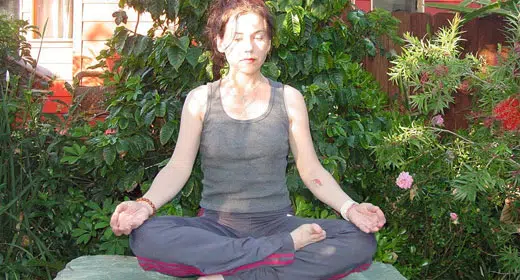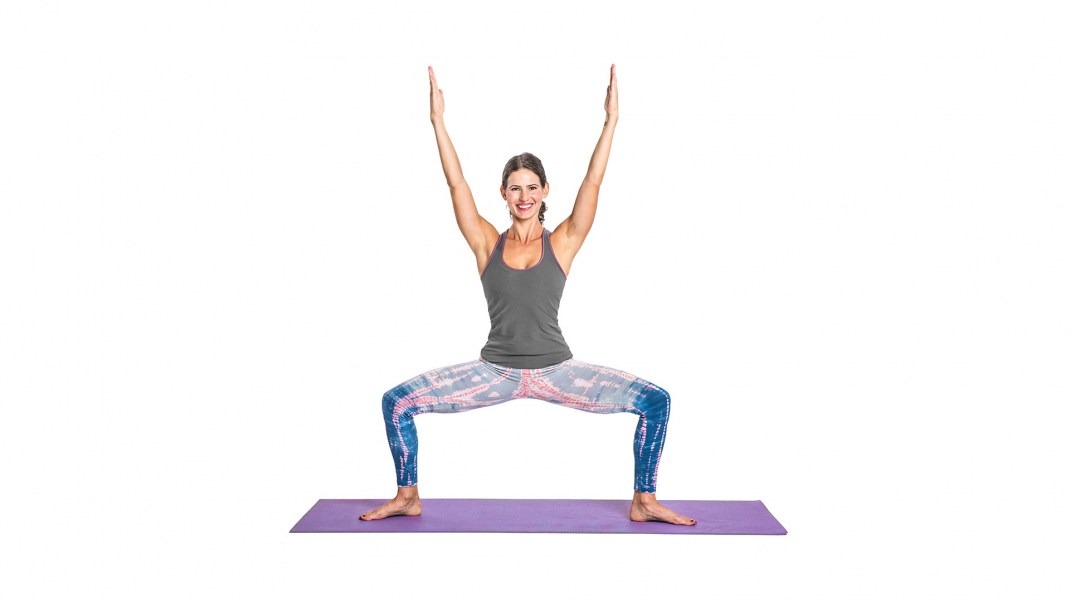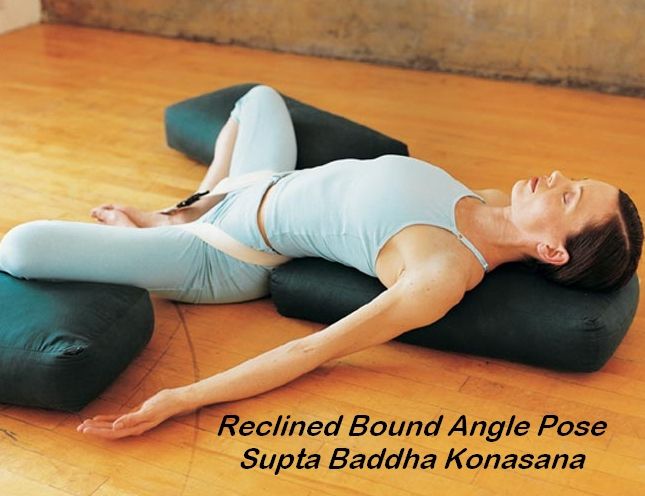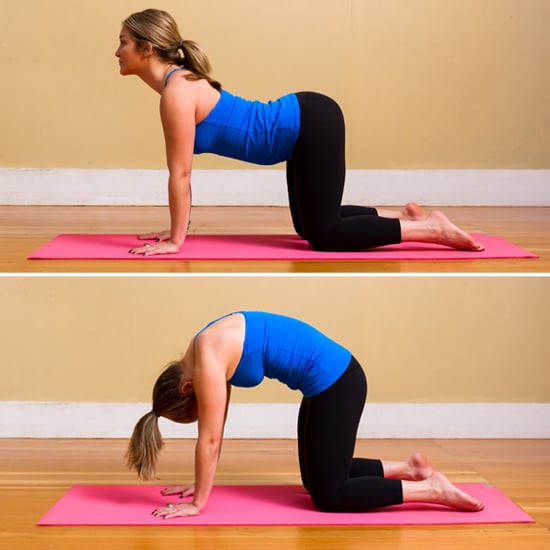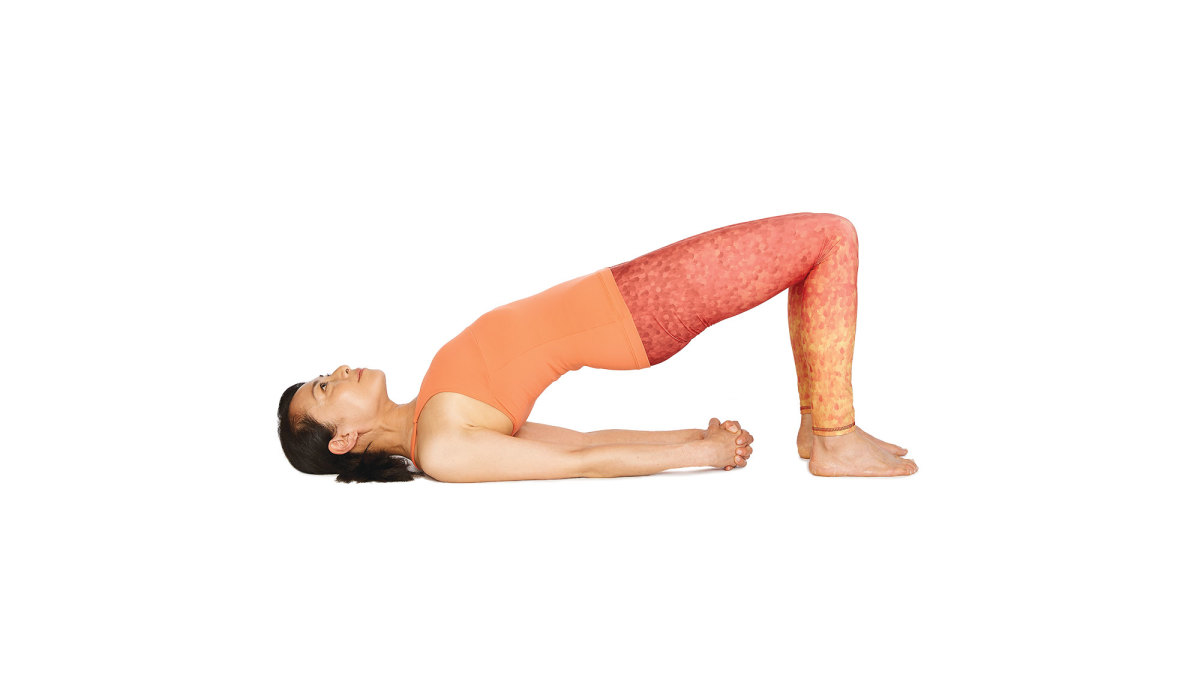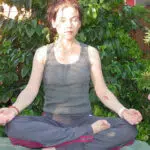Pregnancy is a special time for all women…
It can be a good time, it can be a “worse” time, but it is always a meaningful, transformative and life-changing experience.Pregnancy and yoga go together very well if it is a properly adjusted and mindful practice As yoga teachers we can support women and help them go through it
As yoga teachers we are not professional prenatal care-takers, and medical help is not in a scope of our practice, so we cannot advise or prescribe solutions for any health issues during pregnancy
In yoga teacher training in india We can prepare a safe yoga class appropriate for each trimester or general practice for pregnancy, btw of a healthy pregnancy (no high risk pregnancy)
I believe that we can support also high risk pregnancy using selected yoga tools, but only if we feel comfortable with it and we have a good communication with our students/ knowledge about the subject + permission of medical professional care taker.
How can serve to pregnant women ?
The question here is how can we serve to pregnant women in the best way…
There are a few choices and possibilities:-)
Asana, pranayama, meditation, relaxation, safe work-out, sharing circles (community building), education, observation, empathy & encouragement…
TO PREPARE A GOOD YOGA CLASS/ PROGRAM WE NEED TO CONSIDER A FEW THINGS:
ENVIRONMENT:
-
- where (safe & clean place with access to a toilette and water, prenatal centres, yoga studios, community places, private hospitals, fitness clubs, etc.)
- how many students (max 10)
- who (only women, women with partners, beginners, advanced yoginis, universal, etc.)
- props (straps, blankets, wall, bolsters, pillows, blocks, chairs, etc. + space management)
- MEDICAL FORM + PERMISSION FROM A DOCTOR + SHARING CIRCLES (RESEARCH), sometimes it’s good to use an expert’s advice
- PRE-EXISTING CONDITIONS and NON PREGNANCY RELATED ISSUES
- DURATION OF THE CLASS
- SPEED OF THE CLASS (slower is better in general)
- SEQUENCE – SELECTION OF ASANAS (no inversions, no core muscles, no arm balances, no ujjayi together with asanas, shorter & lighter sequences, breaks, etc.)
- MODIFICATIONS (which trimester, which needs, which individual issues, etc.)
- MESSAGE OF OUR TEACHING (THEME, LANGUAGE, ARRANGEMENT, FOCUS, COMMUNICATION, etc.)
- STYLE OF THE CLASS (GENTLE FLOW, HATHA, RESTORATIVE, IYENGAR)
- DURATION OF HOLDING ASANAS, INTENSITY OF ASANAS
- TIME OF THE DAY – MORNING VERSUS AFTERNOON/ EVENING…
- HOW OFTEN (FREQUENCY) AND SYSTEM OF TEACHING (YTT, DIFFERENT STYLES, MONTHLY VOUCHERS, etc.)
- NAME OF THE CLASS (how to attract proper clients, how to be clear with our offer)
CONTRAINDICATIONS
- deep twists – not proper for conception (formation of placenta), not comfortable at later stages either
- lying on the abdomen / prone positions
- core exercises (crunches, sit-ups, etc.) we still can work with transversus abdominis without any pressure on the uterus!, standing poses truing core, opposite limbs extension, etc. more stabilising…
- deep back bends (not too strong stretch for the belly stretching already a lot + not too much pressure on the lumbar spine)
- jumping, jerky movements – too heavily load on the joints and a risk of falling
- pranayama – no retention of the breath, careful with UJJAYI, other pranayamas – very gentle and attentive
- uddiyana bandha, nauli kriya, agni sara, etc.
- overstretching – using 80 % of our flexibility from before pregnancy
- mulabandha – till 36th week
- Inversions – many pro and cons; I don’t recommend to teach any inversions during pregnancy – lack of core control, heavily load on the joints, lack of balance, risk of fall, confusion, impact on blood circulation – there is a theory that it affects the fetus, etc.
- lying on the left side and supine poses – pressure on vena cava – lofting the chest or hips to change this + left side
- balances – modifications! risk of fall, lack of balance; arm balances – too heavy load on the joints
- round ligaments – often complain about pain in the front and sides of the hips (spasms, cramps) – supporting cloth, reducing standing, gentle circles, bath, physiotherapy, etc.
WE ARE CAREFUL WITH
- Gestational diabetes (juice, water, communication)
- High blood pressure* (no tension, no sweat and redness, slow)
- Other strong conditions from before pregnancy (e.g. epilepsy, heart problems, glaucoma, asthma, etc.)
- Twin pregnancy*
- Pregnancy after miscarriage(s)*
- Spine problems, knee problems, etc.
*ONLY WITH DOCTOR’S PERMISSION
- sciatica – weight of the uterus triggers sciatic nerve;
- overheating
No (group) class for
- In vitro fertilisation
- High risk pregnancy (e.g. preeclampsia, multiple miscarriage, cancer, HIV, etc.)
- Students we don’t feel comfortable with (disrespectful, unsafe, lack of communication, etc.)
- Special awareness if you know that a woman had an episode of severe depression, struggles with her pregnancy, has no support, etc.
- Special awareness if you see unhealthy body (anorexia, any strong symptoms, aggression, etc.)
10 YOGA POSES TO BE PRACTICED BY PREGNANT WOMEN
1 -SEATED SIDE BEND (SUKHASANA VARIATION)
Start in a comfortable upright seated position with legs crossed or knees wide and one heel in front of the other. Allow right hand to rest comfortably on the ground. Reach left arm straight up, and lean to right, allowing right elbow to soften toward the ground. Focus on rotating upper torso and staying open as you gaze up at left hand. Take several deep breaths then repeat on other side.
“This pose reduces back pain and creates space for the belly to expand with more ease
2- Bound Angle Pose (Baddha Konasana)
Sit on a bolster or blanket to prevent rounding the lower back and to help release pelvis forward. Place soles of feet together and let knees fall out to sides. Hinging from hips, walk hands out in front of you, keep spine long, and leave enough space for baby. Hold for a few breaths. If you are experiencing lower back pain or pain on either side of sacrum, bring feet further away from groin and place blocks under knees. Skip this pose if you have pubic symphysis pain.
Baddha Konasana can stretch the pelvic floor and inner thighs, This is also a great position to labor in when you’re stuck in bed or opt for an epidural because gravity helps your baby descend and it opens the pelvis.
3-Utkata Konasana (Goddess Pose)
Stand with legs approximately three feet apart or narrower. Turn feet out on the diagonal away from your body’s midline. Bend into knees by reaching hips back as if sitting into a chair. Keep spine upright over hips and knees stacked right over ankles. Hold for five slow breaths. Cradle belly for connection with baby.
This pose builds stamina and strength and helps to prepare for the effort of labor. Besides firming up your quads, calves, pelvic floor and outer hip muscles, it also opens up the inner thighs, building balance and stability, she says.
4-Reclining Goddess Pose (Supta Baddha Konasana variation)
Sit with knees bent and feet on ground, with a yoga bolster or firm pillow longways behind you. Using arms and elbows, gently lower back onto the length of the bolster, sitting bones stay on the ground. Once comfortable, take feet together and knees apart, place one hand on heart and one on belly and breathe for 10 deep breaths. If necessary (for vena cava compression), place a yoga block or two under the bolster to prop it up enough that your head is above your heart, or to your comfort level.
This pose is the mother of all prenatal yoga poses, It promotes deeper breathing, relaxation, reduces back pain, and improves hip flexibility for easier delivery.
5-Chair Pose at the wall variation (Utkatasana)
Stand in front of a wall about one to two feet away. With hands at the wall (for support) slowly lower hips down to wall so that knees stack over ankles and thighs become parallel to the floor. Lean back against the wall for support and keep spine upright. Hold for five slow breaths. To make more challenging, lift arms overhead.
This pose builds some major stamina and strength yet feels safe because of the wall support. Specifically, it strengthens your quads, calves, hamstrings and pelvic floor muscles, releasing tension in the low back and building stability.
6-Cat/Cow (Marjaryasana to Bitilasana)
Start in a tabletop position on hands and knees, shoulders over wrists. Inhale and drop belly toward ground, lift head and tailbone toward ceiling as much or as little as comfortable. Exhale and round spine toward ceiling, dropping head and tailbone toward ground. Repeat several times, matching your breath to the movements.
This alleviates back pain, aids in relaxation and, as your belly grows, you will appreciate more and more any position that allows it to ‘hang’ like this.
7-Garland Pose (Malasana)
Place one block on the lowest height and aim to sit on the block coming into a squat. Keep your feet parallel to widen your pelvic outlet. With each inhale, send your breath to your belly and feel your pelvic floor release down into the block.
Squatting helps to open your hips, lengthen and soften your pelvic floor muscles, and help position the baby in your pelvis, During labor, you may want to push in this position and most hospital beds come equipped with a squat bar. Note: We suggest avoiding deep squats late in your pregnancy if baby isn’t head down and/or facing your back or if you have placenta previa. Instead, try supported squats, sitting on at least two blocks.
8-Bridge Pose (Setu Bandhasana)
Lie on your back with your knees bent. Walk your feet in towards your body until your ankles are stacked under your knees. Keep your feet parallel feet and separated at hip distance. Relax your neck rand gaze upwards. Press into your feet and lift your hips, low back, and middle back off ground. Keep your shoulders firmly on the ground and open your chest. Hold for five slow breaths while gazing upwards. For a more restorative version, place a block under the hips.
This pose builds strength in the hamstrings and calves, while also opening up the shoulders and the chest. This pose also takes some pressure of the pelvic floor as the baby and organs are in a slight inversion, with respect to gravity.
9-Equal Breathing (Sama Vritti Pranayama)
Find a comfortable seat on a bolster or blanket to raise your hips. Inhale deeply through the nose for four counts and exhale either out mouth or through the nose for four counts. When pregnant, do not practice breath retention on inhale or exhale.
Equal breathing creates balance and focus, helping you stay in your body and calm your mind at the same time. This breath can be used during contractions.
10-Head to Knee Pose (Janu Sirsasana)
Sit on ground (maybe with a blanket under hips). Stretch your legs out long in front of you and bend one knee to side while placing the foot inside the inner thigh of your straight leg. Lengthen your spine and fold forward toward straight knee. Hold for five breaths, breathing deeply and slowly. Repeat on the opposite side. without coming forward, keep your back spine concave and front torso long.
To conclude we can say is stay safe, take all the necessary precautions and enjoy this beautiful phase of life.

